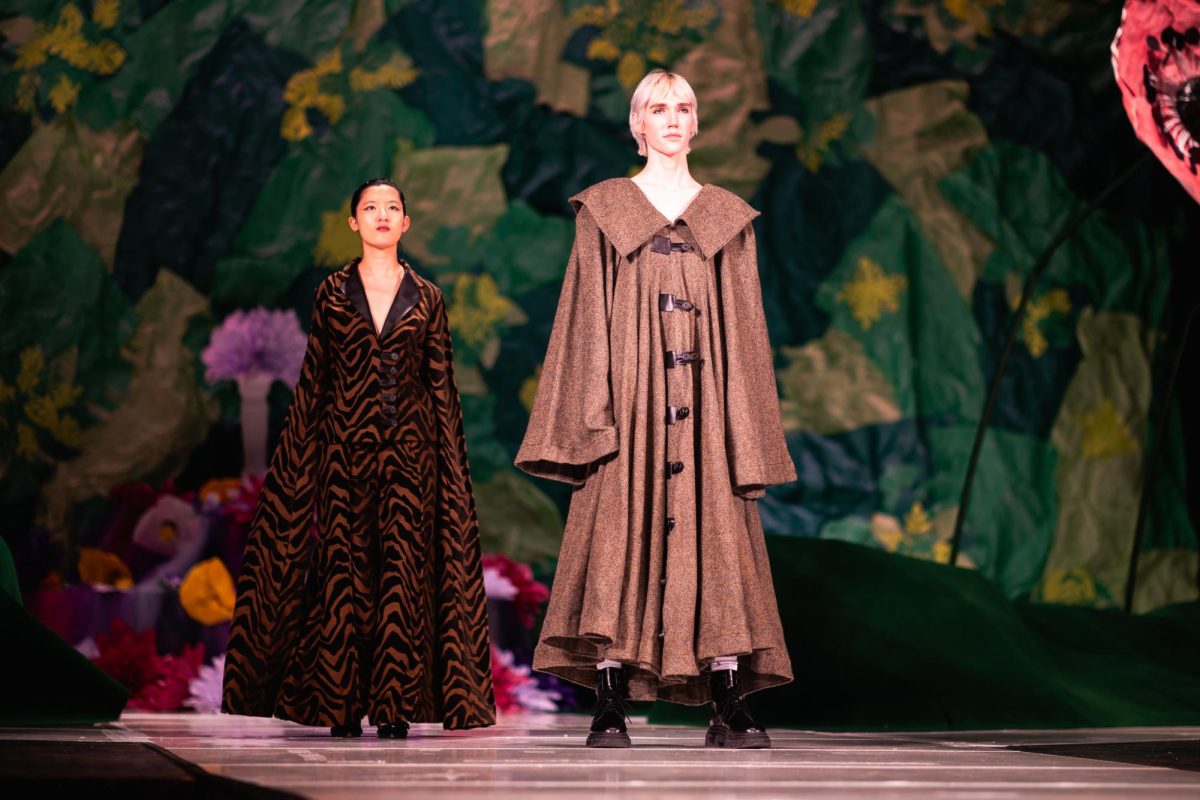As Iowa State students walk throughout campus each day, they often cross paths with wildlife such as geese, chipmunks, deer, bats and even an occasional fox or raccoon.
In previous years, students would pass by familiar swans Lancelot and Elaine, swimming in campus’ notorious Lake LaVerne. However, the swans have not been seen on LaVerne at all this academic year.
Chris Strawhacker, campus planner for Facilities Planning and Management, said that this is due to the passing of one of the swans in June 2022.
“We had a pair; they were two females,” Strawhacker said. “Swans pair up, and so we thought having one swan might be a little stressful on her by herself, so we actually found a family to adopt the remaining swan. They took her in, and she’s living in a private pond.”
But will ISU’s avian icons return? Strawhacker confirmed the intent to eventually bring new swans to LaVerne.
“We’ll reintroduce two swans in the future,” Strawhacker said. “Right now we just are wrapping up a study on improvements for the lake, and so we want to make sure that we have a plan in place for that work before we bring new swans in. We don’t want to bring them in and then disrupt them again so that we can do some improvements.”
According to Strawhacker, years of sedimentation have decreased the water quality in Lake LaVerne.
Another animal that has become a celebrity among students is the white squirrel. While many believe these squirrels to be cases of albinism, that is not the case.
“They’re not actually albinos; they’re leucistic,” said Michael Rentz, an associate teaching professor in the natural resource and ecology management department.
Rentz said the reason an albino animal’s eyes appear pink is the reflection of the red in the blood vessels. He said Leucism has different genetics than albinism.
“Albinism is a genetic mutation with a complete lack of pigment, so you don’t produce any pigment, which comes off as white,” Rentz said. “The [leucistic] animal just produces variable amounts of pigment. It can be practically all white, but they can sometimes have normal eye color, or some parts of the body might have color.”
This is the case with the squirrels often seen throughout Iowa State’s own campus, but these squirrels are not necessarily related to one another.
“It’s a genetic trait that’s within the population,” Rentz said. “Here, at some point in time, somebody had a mutation. Leucism was entered into the Iowa State gene pool and so it comes up.”
Rentz said there have been a noticeably fewer number of leucistic squirrels recently.
“This is my tenth year here and there have been multiple ‘white’ squirrels during my time on campus, but I think it’s been about a year or two since I’ve seen one,” Rentz said.

















